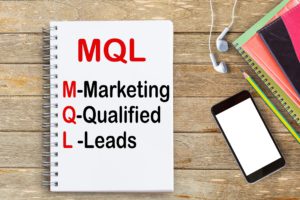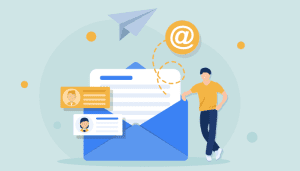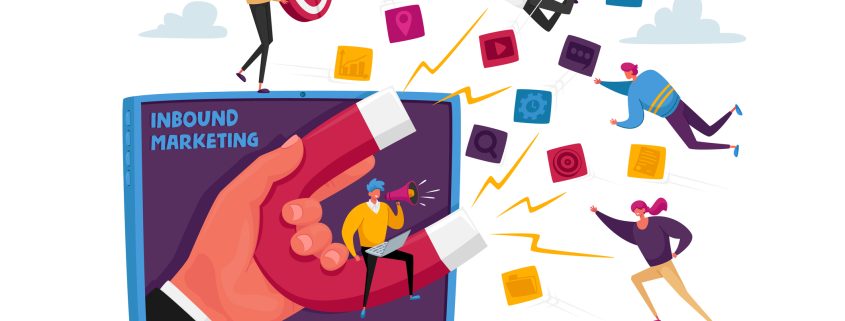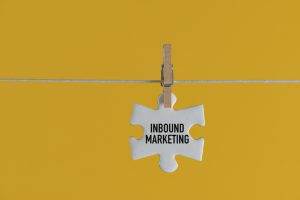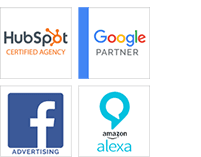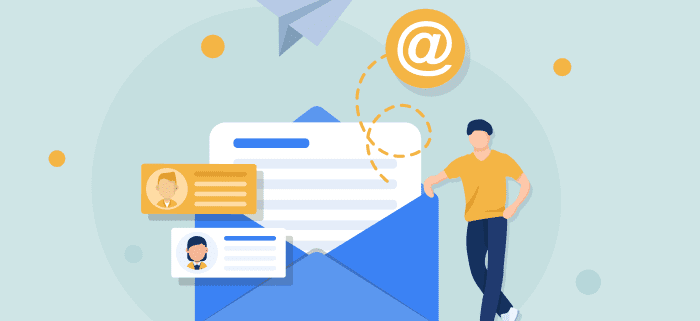
Email Design Tips That Boost CTR and Drive Engagement
Why Email Design Is Key to Boosting CTR and Engagement
Email marketing remains one of the most effective ways to engage customers and drive conversions. But with crowded inboxes, your emails need to stand out visually and functionally to get those all-important clicks. Thoughtful email design not only grabs attention but also guides readers naturally toward your call to action (CTA), improving both click-through rates (CTR) and overall engagement.
Here are the key design principles to help you create emails that convert:

1. Craft a Clean, Scannable Layout That Guides Readers
- Why it matters: Most readers skim emails quickly, so your design should make key points and actions obvious at first glance.
- How to do it: Use a clear hierarchy with bold headlines, subheadings, and short paragraphs to break content into digestible chunks. Bulleted lists help highlight benefits or features.
- Benefit: This structure makes it easier for readers to understand your message and find your CTA without feeling overwhelmed by walls of text or clutter. For more on this, see SmartBug Media’s email design tips to increase click-through rates.
2. Create Clear and Compelling Calls to Action (CTAs)
- Why it matters: The CTA is the pivotal moment where readers decide to engage further or drop off.
- How to do it: Use contrasting colors and large buttons to make CTAs stand out visually. Be direct in your language — phrases like “Download Now” or “Shop Today” reduce ambiguity.
- Benefit: Clear and visually prominent CTAs increase the likelihood that readers will take the next step, boosting your CTR. HostArmada emphasizes the importance of effective CTA design in improving engagement.
Learn More About:
3. Harness the Power of Color Psychology
- Why it matters: Colors influence emotions and behavior, often subconsciously affecting how readers perceive your brand and message.
- How to do it: Stick to your brand’s primary palette for consistency and trust, but use accent colors strategically to draw attention to CTAs or key info. For example, red can create urgency, while blue builds trust.
- Benefit: Thoughtful color use helps guide readers through your email and encourages them to engage where you want them to.
4. Design Mobile-Friendly Emails for a Seamless Experience
- Why it matters: Over half of emails are opened on mobile devices, and poor mobile design leads to frustrated users and lost clicks.
- How to do it: Use single-column layouts that fit smaller screens, large tappable buttons, and concise copy. Test your emails on various devices to ensure readability and functionality.
- Benefit: Mobile-optimized emails provide a smooth experience, keeping readers engaged and more likely to click.
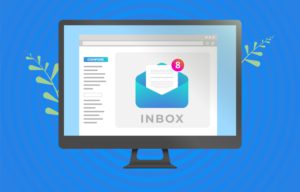
5. Incorporate Storytelling and Visual Elements to Connect
- Why it matters: Engaging visuals and stories help your message resonate emotionally, making emails memorable and persuasive.
- How to do it: Use images, GIFs, or videos that reflect your audience’s interests and reinforce your message. Pair visuals with storytelling that speaks to customer needs or aspirations.
- Benefit: Emotional connection boosts engagement and motivates readers to act.
6. Test and Refine Your Email Designs Continuously
- Why it matters: No design is perfect on the first try; user behavior offers the best insights for improvement.
- How to do it: Conduct A/B tests comparing different layouts, colors, CTAs, and messaging. Use analytics and heat maps to see what drives clicks.
- Benefit: Continuous optimization increases your email effectiveness and ensures you keep improving CTR over time.
Final Thoughts
By applying these email design principles—clean layouts, compelling CTAs, purposeful color use, mobile optimization, storytelling, and data-driven testing—you’ll craft emails that not only get opened but inspire action. If you want expert help to elevate your email marketing strategy, explore our email marketing services and integrated marketing solutions to start driving better engagement today.
Also Read:







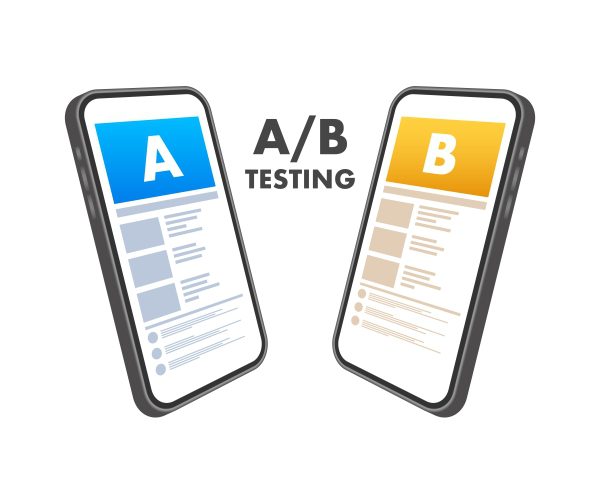








 2. Personalize Your Emails
2. Personalize Your Emails



